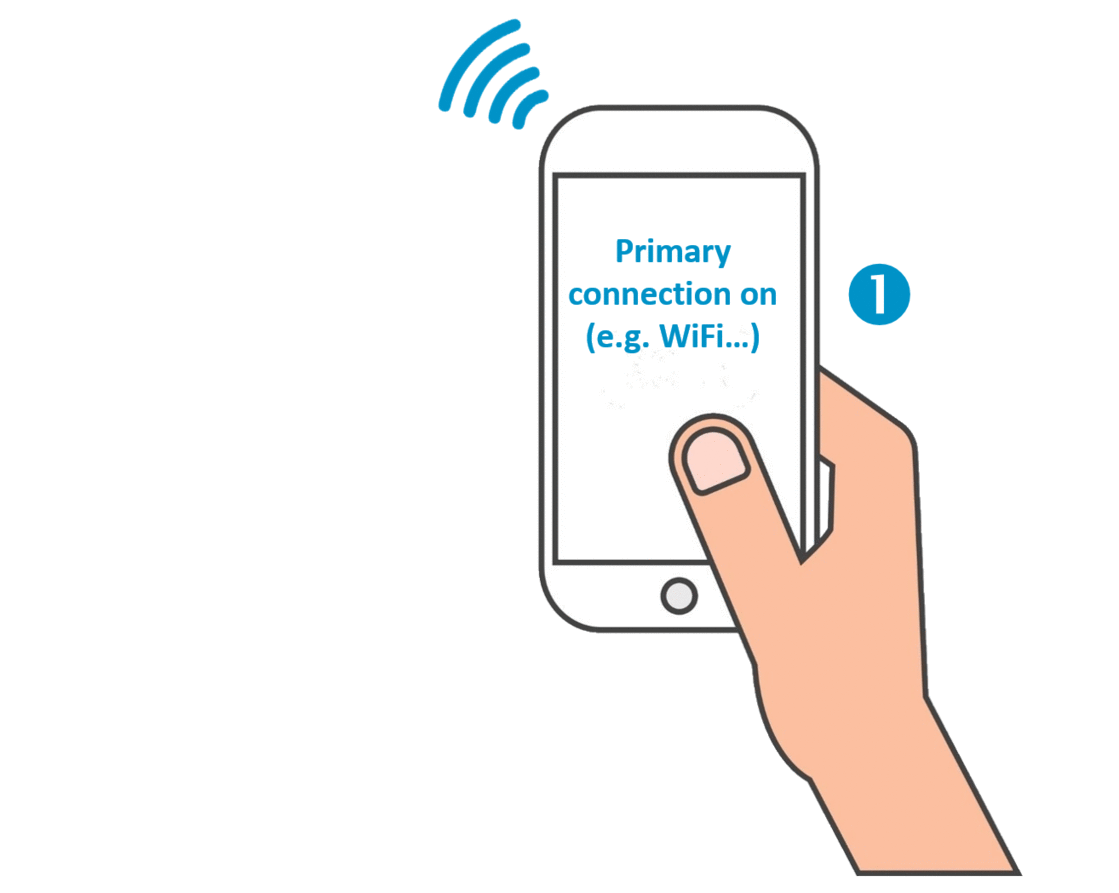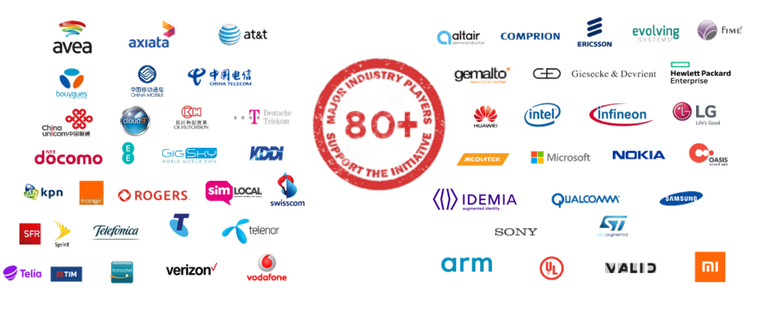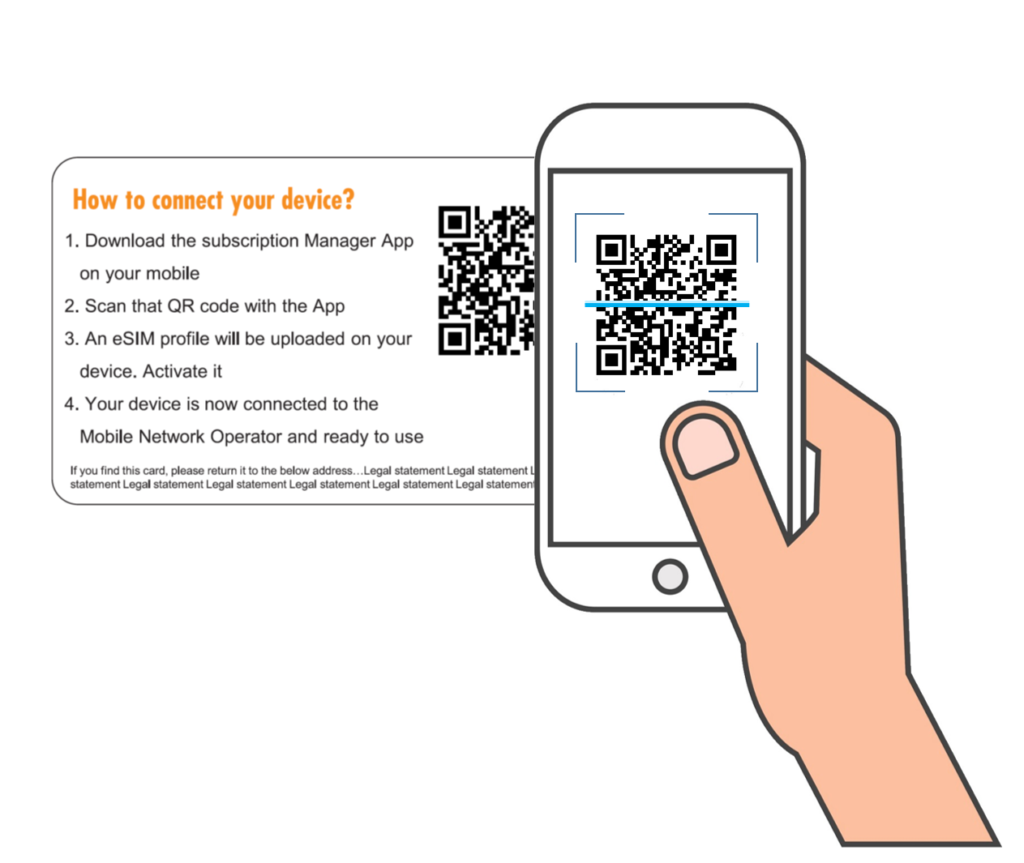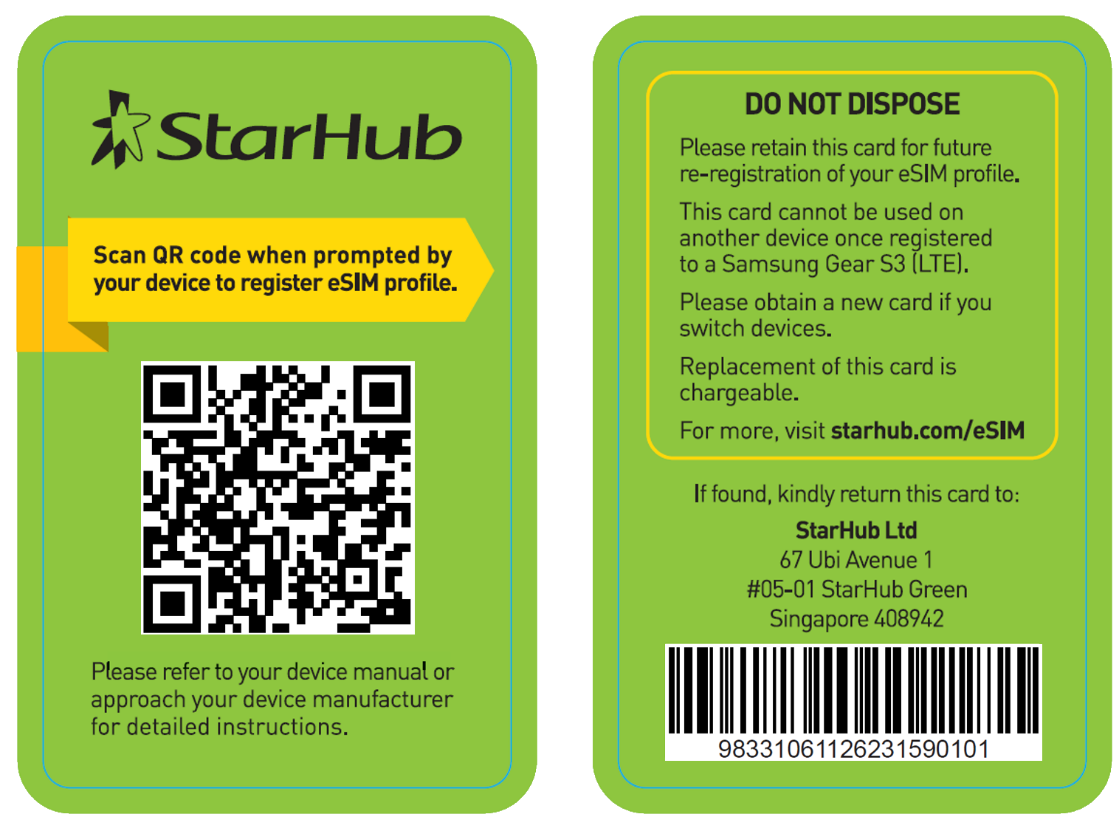
< 4-minute read.
In the first blog of my series dedicated to consumer eSIM-device activation, I raised the question about:
With the digitalization of society initiated by the disrupting power of OTT, the SIM is next to go through its own dematerialization era. This process echoes other products and services such as calling cards, coupons, payments and music.
Under the aegis of the GSMA, the entire mobile industry and its stakeholders have worked to reinvent SIM freedom. This new process is called Remote SIM Provisioning.

First released in February 2016, this specification allows operators to remotely manage the SIM embedded in a connected device to access to mobile network services. The eSIM has become the synonym of dematerialization of cellular carriers’ connectivity service. And, the eSIM is ready to make an impact in consumer markets. By the way, this is what we did with the previous Gartner reprint.
Before moving forward, let’s dig a bit deeper into the eSIM architecture to understand what an eSIM is:
- The eUICC is a piece of hardware that acts as a secure container to store the eSIM profile.
- The eSIM profile is a virtual profile that stores user’s subscription and network settings. It allows the user to connect to the corresponding mobile network.
- The eSIM profile is stored in the operator’s eSIM subscription management server (also known as the SM-DP+ which stands for Subscription Manager Data Preparation). This then securely downloads the profile onto the eUICC. Once the operator’s BSS creates the subscription, it informs the SM-DP+ about the availability of this subscription and requires the creation of an eSIM profile.
The first option to provide and activate a consumer eSIM-ready device is by using a QR code.
Let’s assume a user wants to buy an eSIM-based mobile subscription (either at an operator’s point of sale or online) for an eSIM-capable device they already own or one that they’ll buy later. The first option for mobile operators consists in providing customers with a QR code to be scanned with the device in order to download the eSIM profile (corresponding to the newly purchased subscription) to their device. In other words, the QR code simply contains a set of information (e.g. SM-DP+ address…) that tells the device where to get its final eSIM profile from. This is exactly where our new eSIM activation voucher comes into play: utilizing a single & reusable QR code, it provides a seamless and secure means for mobile operators to promote and manage their eSIM-based subscription offers.

Then there are 3 pre-requisites:
- A primary connection must be available for attaching the smartphone and the SM-DP+. Basically SM-DP+ is a platform that stores the digital eSIM profiles. The primary connection can be based on Wi-Fi, Bluetooth or an eSIM bootstrap profile provided by the OEM.
- The OEM vendor must embed the LPA (Local Profile Assistant) in the device OS: it is an application that allows the eSIM profile download to the eUICC and local profile management on the device by the end user (i.e. QR code scanning).
- The mobile operator has to have its point of sale equipped with printers for stamping the QR code or must provide physical paper activation vouchers to its users (see below the example StarHub in Singapore). However, there is a risk of loss or theft of the QR code.

There are two things to remember:
- QR codes (sometimes offered as a paper version) are already widely used for most eSIM-enabled consumer device launches such as Samsung’s Gear S2 3G smartwatch (e.g. TIM Italy, Orange France).
- This option is suitable for open market devices, i.e. devices sold independently from a mobile subscription.
Wait… Paper? I thought we were all digital!
Initially, there were criticisms about using a printed QR code voucher: why would mobile operators have to provide users with paper QR codes when they’ve spent so much effort in creating a digitalized eSIM customer experience?!
Well, in my view, the digitalization brought by eSIM does not necessarily mean the process has to be fully digitalized from the very start. Even though it has its drawbacks such as logistics, cost, risk of theft. And some mobile operators are OK with this view.
Also, Rome was not built in a day.
The undeniable strength of the SIM card lies in its extreme simplicity of use and freedom of service adopted by billions of people. Reproducing this customer experience via a fundamentally new approach—the eSIM—without losing these billions of daily users is of a challenge.
But there’s good news.
The mobile industry is fully aware of the preponderance of enhancing the eSIM user journey and has already worked on it.
In the final post in this series, I will discuss the second option to activate a consumer eSIM device: by-default SM-DP+ address-based activation and GSMA’s Root Discovery service-based eSIM activation activation.
What’s your view? Do you think we’re living the last days of QR code for eSIM activation? Or QR codes will last until other options come to the market? Leave your comments below or tweet to me /us at @ThalesDigiSec


